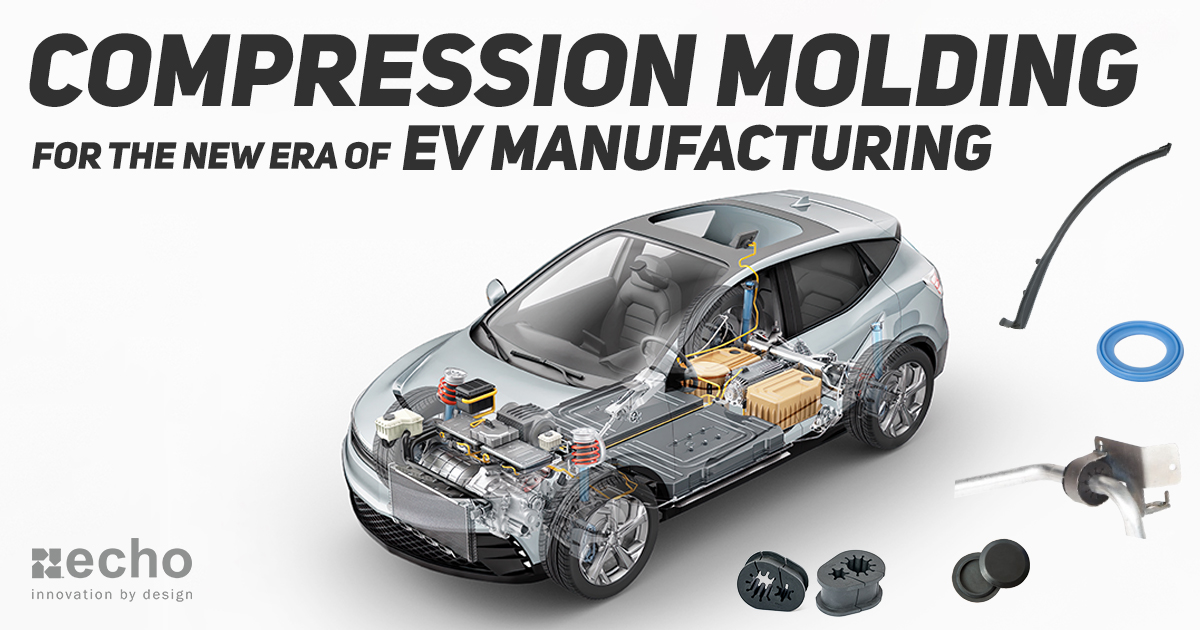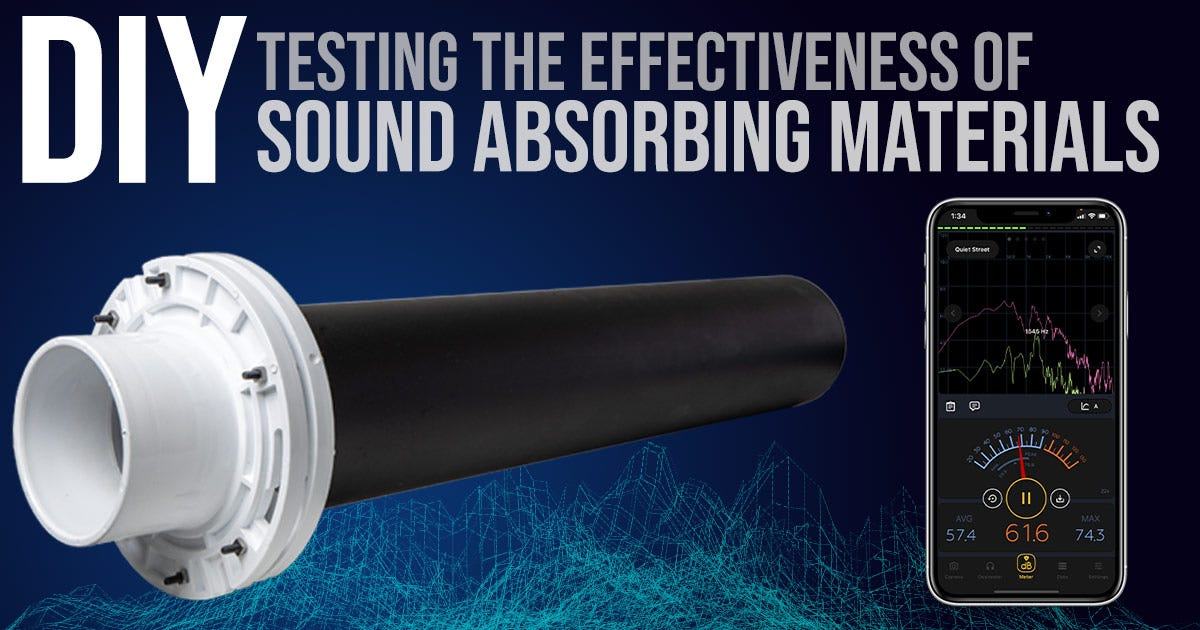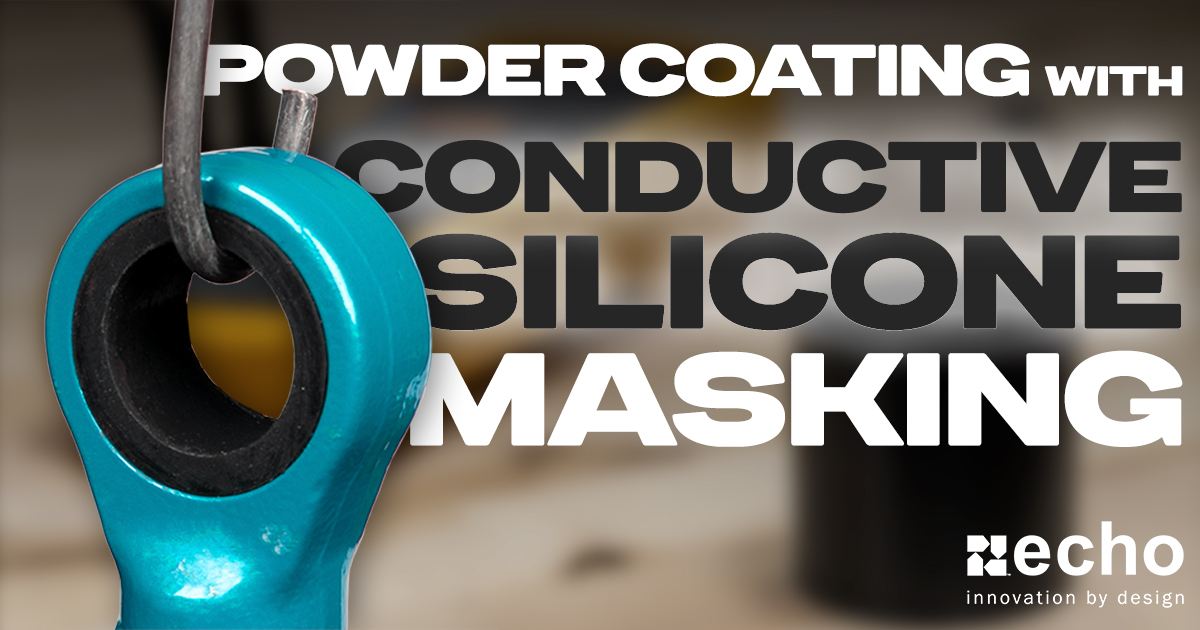Automotive NVH Basics - The Science Behind Sound
-
 By
Lee Lechner
By
Lee Lechner - Jul 20, 2020
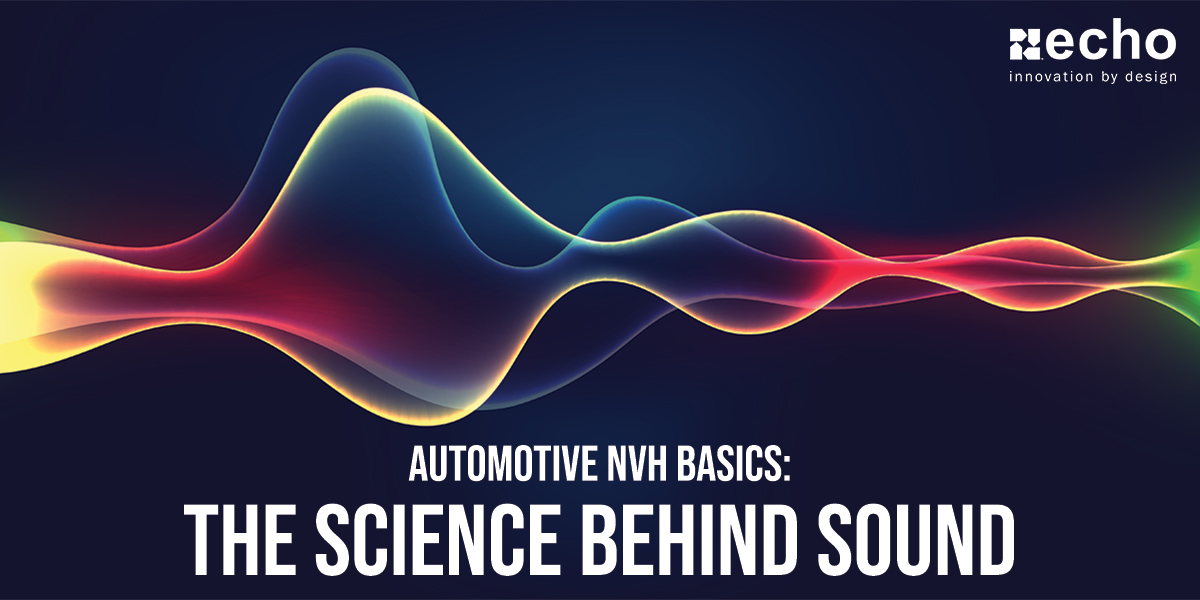
NVH Basics: The Science Behind Sound
A question you may never have asked yourself is, "Why does everything around me generate sound?" Seriously, have you ever taken a step back and just thought about something as simple as that?
You hear the wind blowing, leaves rattling, cell phone notifications, and cars buzzing by. You are exposed to an almost unlimited amount of noise every day. But do you understand what sound is?
If you are an NVH (Noise Vibration Harshness) Engineer, you need to have a full understanding of exactly what it is that you are working to combat or improve. In this post, we'll take you through the basics of sound, its impacts on the automotive industry, and briefly touch on psychoacoustics. We want you to realize that sound is not only something you hear, it's also a mix of science, art, and solid engineering.
What Is Sound?
Sound is defined as the vibrations that travel through the air or another medium (such as solid or liquid) and can be heard when they reach a person's (or animal's) ear.
Merriam-Webster defines sound as "mechanical radiant energy that is transmitted by longitudinal pressure waves in a material medium (such as air) and is the objective cause of hearing".
How Does Sound Travel?
When you hear a song on the radio, your ears receive sound waves that start out as vibrations in a speaker cone. Those vibrations make air molecules bump into each other, resulting in the vibration being sent across the room (or vehicle) as a wave. (See GIF image for visualization of what sound waves look like)
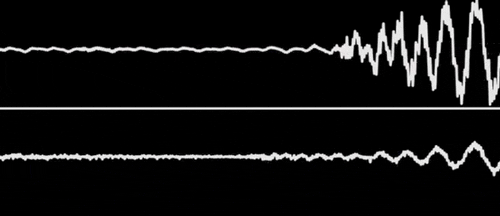

Image Source: WiffleGif
How Do We Process Sound?
In human physiology and psychology, sound is the reception of sound waves and their perception by the brain. This is caused when the waves apply force to your eardrum, resulting in parts of your internal ear moving, leading your brain to process the movement as sound.
We, as humans, can only hear sound waves that have a frequency between 20 Hz and 20 kHz.
There are 6 separate ways in which sound waves are analyzed: Pitch, Loudness, Duration, Spatial Location, Sonic Texture, and Timbre. We will go into more detail on these in future posts, but for now, we want to start with the basics.
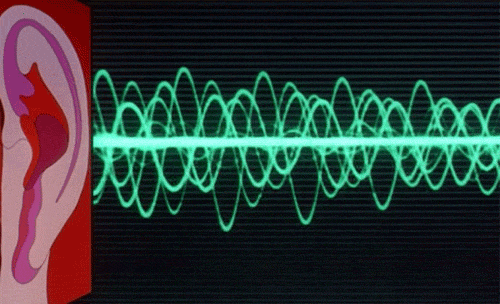

Image Source: WiffleGif
Sound Terminology
You will see lots of terms related to the science of sound. Here is a list of some of the most common terms related to sound and their definitions.
- Amplitude: The size of the vibration from peak to trough. This determines how loud the sound is
- Damping: The dissipation of energy with time or distance
- Decibel: A unit used to measure the intensity of a sound or the power level of an electrical signal by comparing it with a given level on a logarithmic scale
- Frequency: The number of waves per second. This determines the pitch of the sound
- Hertz (Hz): A measure of frequency. The number of oscillations (back and forth movements) per second
- Noise: Unwanted/undesired sound
- Sound Wave: A pattern of disturbance caused by the movement of energy traveling through a medium (such as air, water, or any other liquid or solid matter) as it propagates away from the source of the sound. Essentially, sound waves are the waves of energy that we hear as sound
Psychoacoustics
Psychoacoustics is the branch of psychology concerned with the perception of sound and its physiological effects. Psychoacoustics in the mobility space includes sound quality assessments involving all sounds heard within a vehicle's acoustic environment.
The sounds produced by a vehicle give the consumer a ton of information and automotive manufacturers know that sound influences a consumer's buying decisions and their overall satisfaction. This is a big deal, especially since we live in a world driven by reviews and consumer satisfaction reports.
The NVH field has become highly specialized. There are engineers that focus on the sound a car door makes when you shut it. There are others responsible for a car’s exhaust signature. You can go deep here with journal articles such as, “Vibro-acoustic computation of irregular cavities using a combined analytical-finite element approach with application to vehicle interior acoustics.” Wow!
Sources of Vehicle Noise
An NVH engineer is highly involved in the sounds being produced by a vehicle and the noises that enter the vehicle cabin. Noise, vibration, & harshness many times go hand in hand. A vibrating coolant line is more likely to create undesirable noise. This is just one example though. There are three main categories of noise related to a vehicle. These include:
- Aerodynamic Noise - Such as wind hitting the vehicle or your HVAC system blowing air
- Mechanical Noise - Biggest ones here come from a vehicle's engine (when applicable), tires, and brakes
- Electrical Noise - Mainly from motors and alternators
One of the terms you will hear when discussing automotive NVH is structure-born sound. Structure-born sound is caused by either vibration or noise transmitted through the structure of the car and radiated into the cabin.
Reducing Noise in Vehicles
More and more focus continues to be put on this crucial area of new, automotive platforms. But what can we do to reduce noise when it comes to these new vehicles? Well, some of the methods of reducing noise include:
- Using barriers or isolators
- Absorbing energy with foam noise absorbers or vibration dampers
- Reducing the source's noise output by using a muffler or improving the mechanism
- Active noise-cancellation technology
Using Rubber to Reduce Automotive Noise
There are a ton of parts and technologies used to reduce the amount of noise entering the cabin of a vehicle. Most of the parts you'll find are made with rubber.
Rubber has a high density that absorbs sound and vibration well. It also spreads the sound & vibrations out equally across the material. Here in this video is a quick demonstration of what this sounds like when you apply butyl rubber patches to a metal piece:
Rubber makes for a great isolator between two surfaces, such as a grommet (shown below) preventing metal-to-metal contact on fluid routing lines. You'll also see a lot of rubber seals (like the one shown below) that, on top of preventing leakage, help to create a barrier. This helps with absorbing airborne noises and reducing the amount of sound that may enter the cabin.
Grommets - Isolation of Structure Born NVH
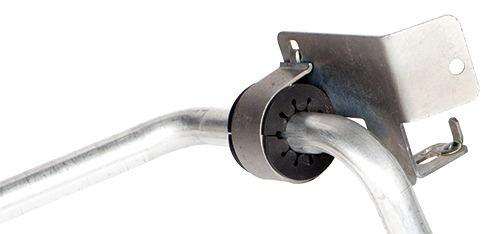

Body Seals - Barrier/Absorption of Airborne Noise
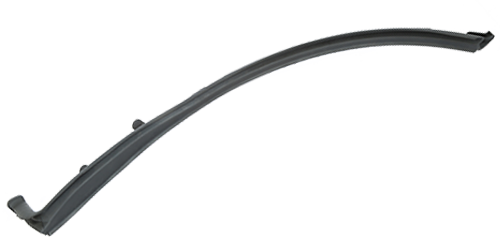

Conclusion
The modification of sound is not only a science, it's also an art. As NVH evolves, engineers devlop new ways of altering, reducing, or blocking sound altogether. Automotive OEMs must put a strong emphasis on managing NVH to produce a top-rated vehicle. Whether it's as simple as adding a panel plug to the car's body or as complex as active noise cancellation technology, sound impacts nearly every part of a vehicle!



